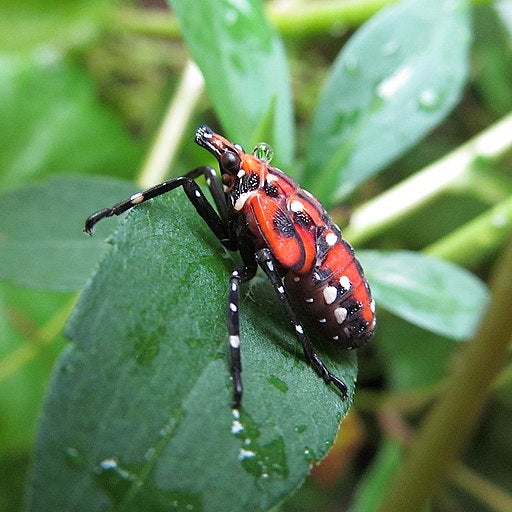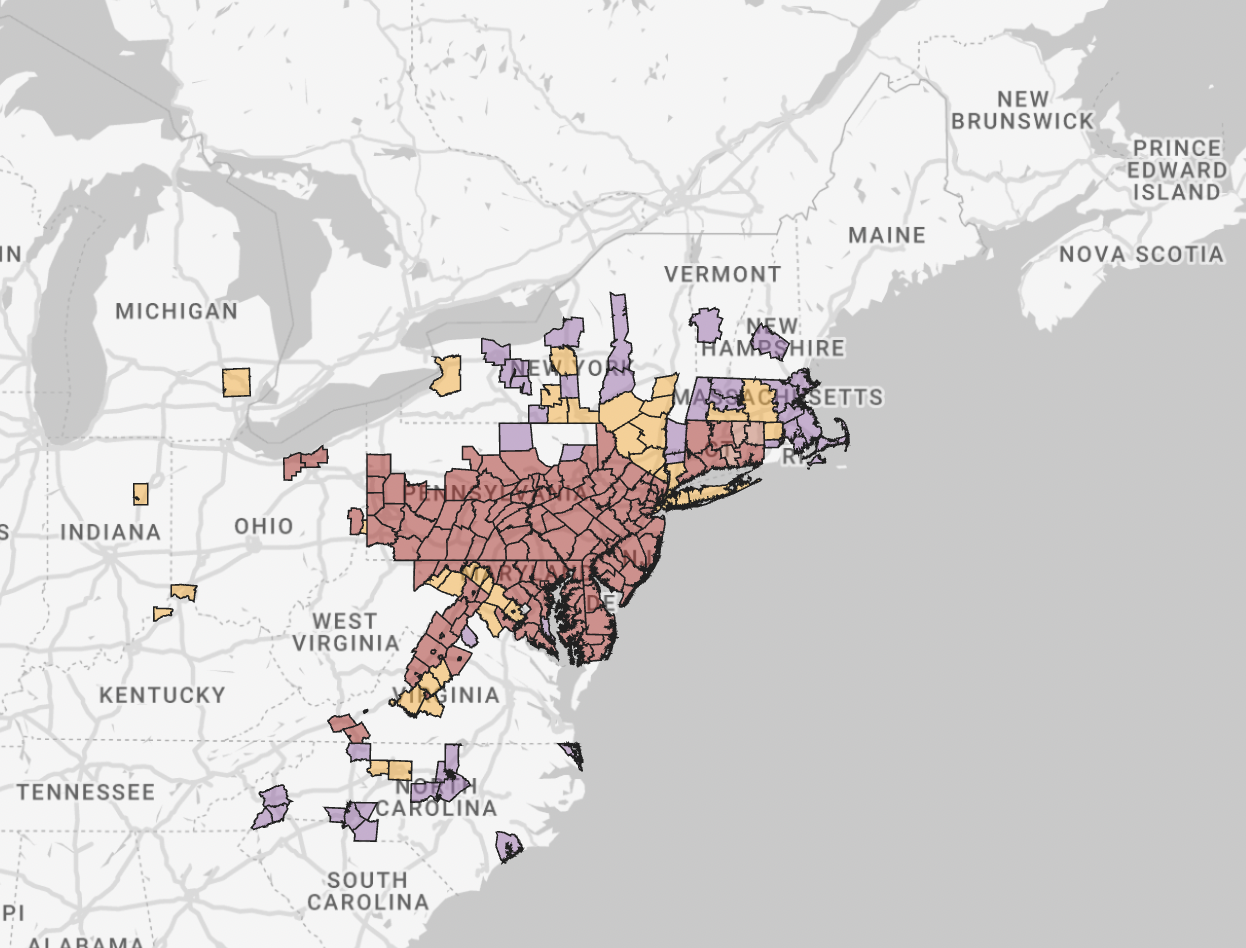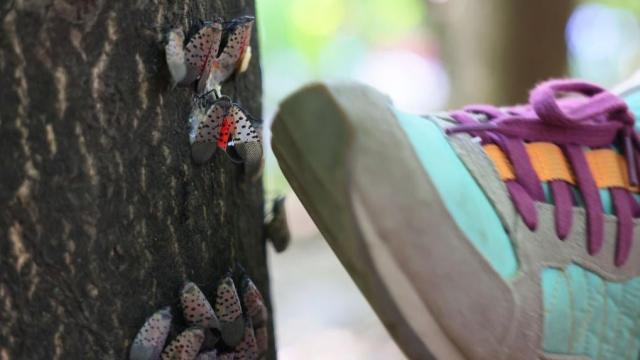It’s spring. Trees have leaves again. The birds are chirping. And insects are crawling back out of hell from their winter slumber, including the invasive spotted lanternfly.
Jessica Ware, an entomologist and an associate curator in the division of invertebrate zoology at the American Museum of Natural History, confirmed to Earther that the Northeast is going to see a lot of the spotty insects this summer. It was introduced into the U.S. from China in 2012 and has quickly spread to 14 states because it does not have any natural predators in North America. The bug is a danger to trees and fruit crops throughout the U.S., prompting scientists to urge people in the affected states to smash these bugs without mercy. If you missed your chance to take out a bug or two (or 20) last year, you’ll be ready to join in on killing them soon.
Spotted lanternfly nymphs are beginning to hatch from their eggs this time of year. They usually emerge from the egg sacks in late April and into early May when the weather across the Northeast finally begins to warm up for good. “The juveniles look very cute. They’re tiny, black with white polka dots,” Ware told Earther. “Very striking insects, but squash them.”

During the early stages of being a nymph, the white-dotted lantern flies are about a quarter inch long. Later on, the nymphs are half an inch long and have red bodies covered in white dots and black stripes. The fully formed adults that are seen fluttering about are often spotted starting in July, according to a guide from the New Jersey Department of Agriculture. “If you kill the juveniles before they become adults, that’s great because you kill them before they’re making the next generation,” Ware said.
The red and black spotted bug doesn’t bite or sting and they don’t poison people who come in contact with them, so why the effort to take them out? Spotted lanternflies drink sap from trees. Thanks to their sugary liquid diet, lanternflies secrete a residue called “honeydew” that spreads black mould that covers plants. The lanternflies also take up space and resources that should be going toward native insects. According to Ware, spotted lanternflies like important crops like grape vines and apple trees. This is another reason why experts and agricultural departments are trying to track where they are spreading.
Another reason for alarm is just how fast the dotted insects have managed to establish themselves throughout the Northeast. First spotted in Pennsylvania in 2014, spotted lanternflies are up in New England, and have spread as far away as Indiana and Ohio. An interactive tracker from Cornell University’s New York State Integrated Pest Management Program shows how a lot of the Northeast is heavily infested with lanternflies.

Anne Johnson, a Ph.D. student in the Department of Entomology at Pennsylvania State University, explained that agricultural departments rely on online surveys where state residents can log where they have seen spotted lanternflies. “On private land, those are definitely the best ways of letting us know when people see them,” she told Earther.
According to Johnson, areas where lanternflies are new may not have a lot of the bugs flying around this summer. But areas where they’ve established a presence are going to see large populations in just a few months. Experts are hoping that more residents across affected states can keep an eye out going into the summer months to help keep populations down.
“It’s kind of our job as Americans to stop invasive species,” Ware said. “That’s what I tell myself before I get rid of any [spotted lanternflies] that I see in my yard. I remind myself it’s actually my job, just like it’s my job to keep an eye on my neighbours, and to keep an eye on my children, and to care for the environment.”
